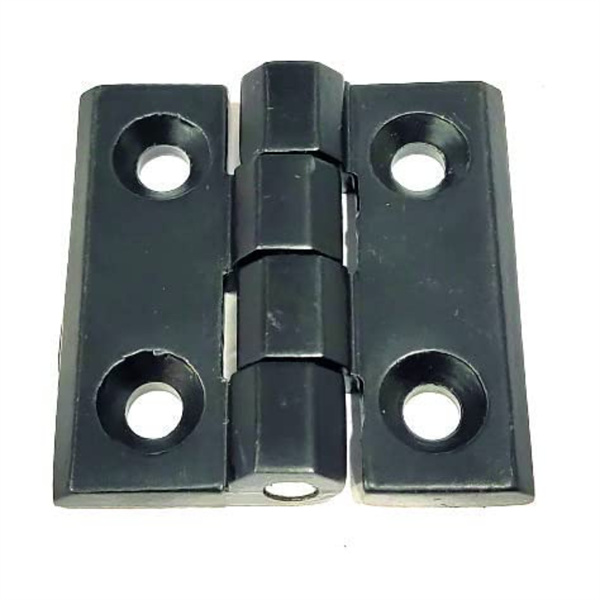The Powerhouse of Performance: Exploring the Strength and Durability of Zinc Die-Cast Automotive Components
2024-01-03
Introduction:
In the fast-paced world of automotive engineering, manufacturers are constantly on the lookout for materials and manufacturing processes that offer a perfect blend of strength, precision, and durability. One such material that has gained widespread acclaim in the industry is zinc, particularly when employed in the die-casting process. This blog delves into the key characteristics that make zinc die-cast automotive components stand out in terms of strength and durability.
High Strength-to-Weight Ratio:
Zinc die-cast automotive components are renowned for their exceptional strength-to-weight ratio. This characteristic is vital for enhancing the overall performance of vehicles by reducing weight without compromising structural integrity. Engine components, brackets, and structural elements benefit from this balance, contributing to improved fuel efficiency and maneuverability.
Precision and Complexity:
The die-casting process allows for the creation of intricate and complex designs with remarkable precision. This is particularly advantageous for automotive components where intricate detailing and tight tolerances are critical. Engine parts, transmission components, and intricate structural elements can be manufactured with unparalleled accuracy, ensuring optimal functionality and reliability in the long run.
Structural Integrity:
The strength of zinc die-cast automotive components is further exemplified by their inherent structural integrity. This makes them ideal for parts subjected to high-stress conditions, such as suspension components and steering system parts. The ability of zinc die-cast components to withstand rigorous usage without succumbing to deformation or failure is a testament to their robust nature.
Corrosion Resistance:
Automobiles encounter a myriad of environmental conditions, including exposure to moisture, road salts, and other corrosive elements. Zinc die-cast components possess natural corrosion resistance, providing an added layer of durability. Exterior trims, under-the-hood components, and various other parts exposed to harsh weather conditions benefit from this corrosion-resistant characteristic, ensuring a longer lifespan for the components.
Fatigue Resistance:
Zinc die-cast automotive components exhibit excellent fatigue resistance, making them suitable for applications that undergo repeated stress cycles. This is crucial in components like engine mounts, transmission housings, and chassis elements, where endurance and longevity are paramount. The ability to endure cyclic loading without experiencing fatigue failure enhances the overall durability of these components.
Cost-Effective Production:
Beyond their intrinsic material properties, the cost-effectiveness of producing zinc die-cast automotive components contributes to their widespread adoption. The die-casting process enables efficient mass production, reducing the overall manufacturing costs. This economic advantage makes zinc die-cast components an attractive choice for manufacturers seeking to balance high-quality performance with affordability.
Conclusion:
Zinc die-cast automotive components shine as exemplars of strength and durability in the ever-evolving landscape of automotive engineering. Their high strength-to-weight ratio, precision in manufacturing, structural integrity, corrosion resistance, fatigue resistance, and cost-effectiveness make them indispensable in the quest for building vehicles that deliver optimal performance and withstand the test of time. As automotive technologies continue to advance, the role of zinc die-casting in shaping durable and high-performance vehicles remains firmly entrenched in the industry's future.



